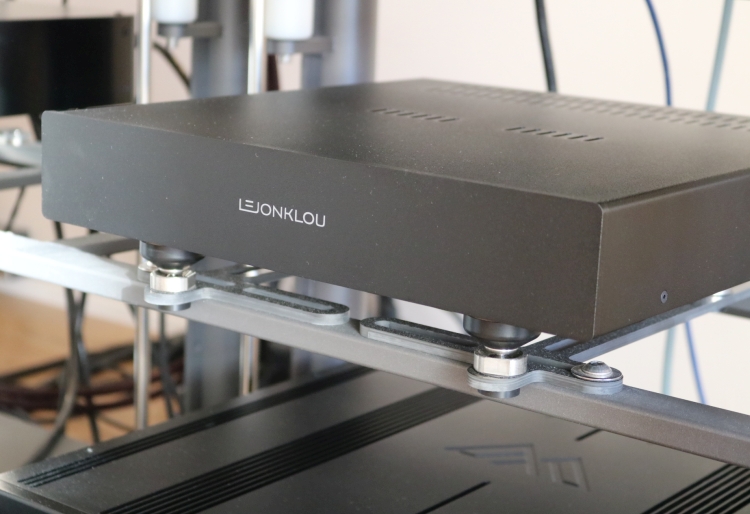
Bypassing the component feet
To first get acquainted with the Källa, I listened to it placed on an Artesania Rack’s Carbon Fiber/Beechwood interface arms, thereby bypassing the Källa’s feet. I am aware of the manufacturer’s recommendation for using the component’s own feet but I needed to start this way because it provides a level playing field to make comparisons with the other components which are also supported in the same way. In addition, I’m just wired such that I always like to do my own research. So, let’s dive in!
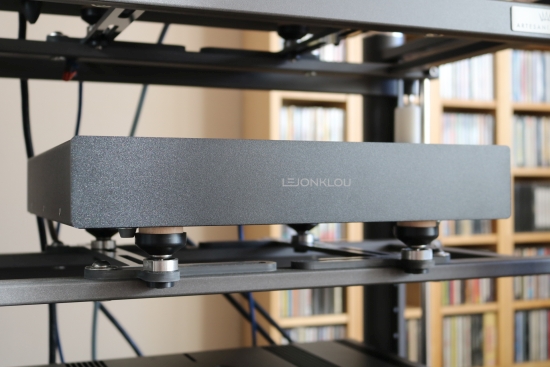
Sound
The Källa has an engagingly crisp, fast, rhythmic, and upbeat presentation. It is exceedingly neutral and sounds very linear and transparent, with a fabulously high resolution of fine detail. Whereas such characteristics can sometimes lend a clinical feeling to the music, the Källa actually strikes a great balance between articulate precision and expression on the one hand, and refinement, fluidity, and flow on the other. It doesn’t have much character of its own which is always a good thing while a very carefully dosed amount of gentleness makes it easy to listen to for hours on end. Don’t get me wrong – the Kalla is far from sounding smooth or warm, but while it is highly accurate and revealing, it is also not analytical in a negative sense.
What I also noticed is that the Källa is not only highly detailed, it is also great at discerning the various layer of which a soundstage is comprised. In terms of soundstage width and depth, it walks the middle road, not sounding exceedingly large or deep but neither small nor narrow.
However, one thing that I did note after listening to it for some time, is that the Källa is comparatively a little low on tonal saturation, something that is sometimes also referred to as bloom or richness. Or coloration, depending on your views. Of course, this also ties in heavily with the rest of the system, what cables are used, and how the Källa is supported. But I’ll explain more about this later.
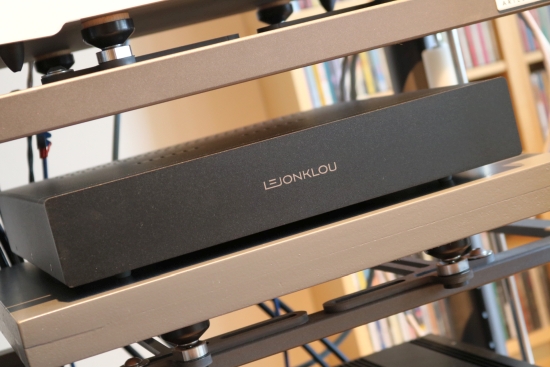
Using the component feet
In order to use the Källa’s own feet, I slid a 36mm thick MDF panel between the rack’s Beechwood feet and the Källa. Within a couple of seconds of starting the track, the case was already closed. There was no doubt about it, this was much better. The bass was now fuller and more sonorous, going some way toward filling in the tonal leanness while preserving the articulation and speed. Clearly, the manufacturer’s recommendations are indeed correct.
This outcome also makes sense related to earlier experiments where I combined a wood or MDF support with compliant rubber feet. The big difference this time is that the balance is immediately spot-on, rather than having shifted a little too much to the smooth side and requiring further tweaking.
In this context, it’s worth noting that, in certain cases, it can be beneficial to be creative or to deviate from established convictions as well as the manufacturer’s recommendations. But it seems that Fredrik is acutely aware of these interactions and has tuned his devices to be used under particular circumstances. Following this, it only follows that I should take all of the Lejonklou recommendations very seriously.
Power Cable
The default preferred configuration for power cables that I use for the majority of my components as well as for most of the products that I review is a Belden 19364 with Bals Schuko and Oyaide C-004 IEC connector. So far, the Källa was also powered with such a cable, again, in the interest of creating a level playing field. Now, it is time to see what happens when swapping the Belden for the supplied and recommended power cable. As mentioned, the cable that comes with the Källa looks like any other freebie cable but as I know from experience, there can be marked sonic differences among these cables, even if they appear to look very similar. Evidently, Fredrik is also aware of this, and he has selected the model that best complements the Kalla.
With the cables swapped and the Källa rebooted in 20 or so seconds, my first impression was very good. The supplied cable sounds nicely open and airy and at first, seemingly, with no losses in resolution. It’s fast, too, but it didn’t take long to note that it is also considerably leaner in the bass and tonally less saturated than the Belden. Besides sounding fuller and more robust, the Belden is also a little bit more expressive and dynamic, if perhaps comparatively dry for some tastes.
The standard cable seems to be more fluid but if I’m being critical, I feel that it actually glosses over treble detail while making it stand out a little bit, leading to a white-ish sound. So, here, I beg to differ with the recommendation. In many cases, a standard cable can actually work very well, but given the Källa’s balance, I would suggest using a slightly fuller-sounding cable.
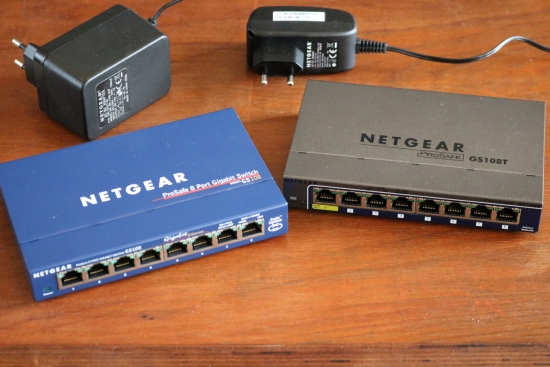
Network Switches
Being the detail fanatic that he is, Fredrik has specified the ideal network switch to use with the Källa. A hotly-debated topic, for sure, but one that I can confirm has sonic merit, even if it might seem illogical. The switch that I use for the audio system is an ordinary Linksys unit that precedes the Gigabit versions that came later. But because it always works, I’ve not yet developed a desire to replace it, until now, that is. Hexagon Distributor Marco Oudheusden provided two Netgear switches for me to experiment with. The grey GS108T v2 switch is recommended as ideal while the blue GS108 v2 switch is still great but positioned slightly lower. With an open mind, I approached this test and just swapped all 8 Ethernet cables from my own switch to the blue GS108 v2 switch whilst also swapping my switched power supply for the blue GS108 v2 switch’s linear model. I kid you not, there was indeed a difference and I wouldn’t call it subtle! Frankly, it was as large as I have heard when swapping interlink cables.
Judging from what I heard with the blue GS108 v2 switch, my own switch has a more upfront sound but it is also comparatively leaner and thinner, and tonally less saturated. The GS108 v2 sounds fuller, warmer, and more relaxed. Actually, that’s the only thing I miss from my own switch, which is its more explicit pacing.
Moving on to the grey GS108T v2 switch that comes with a switches power supply, albeit a bigger model than that of my own switch, I was perplexed to find that the sound gained most of what I liked about my own switch while avoiding taking on any of its grayness and maintaining the blue GS108 v2 model’s fuller and more relaxed sound.
As I know from earlier experience, merely swapping the switch’s power supply can also make a marked difference, so would the GS108T v2 switch’s model be simply better? well, using this switch with the GS108 v2 switch’s linear power supply did make the sound a little calmer but otherwise, I was still hearing the same overall sound as with its intended power supply unit. Clearly, the GS108 v2 model’s power supply was not the whole story.
Since the GS108T v2 switch made such a marked improvement, I retained it for my successive testing.
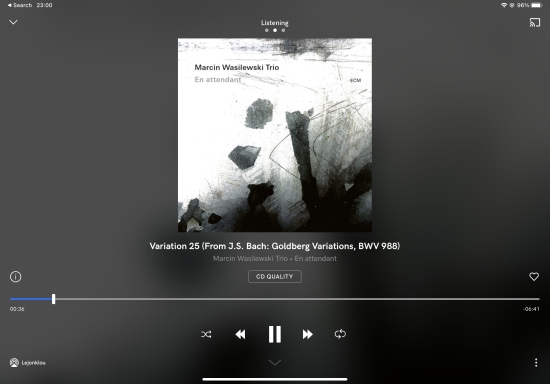
Fredrik provided the below schematic for getting the best sound from the Källa. My review situation follows this for the most part, right down to using two different power outlets, the GS-108T switch, and 2,5m ethernet cables. The only exception is that I did not use the specified port 7 and 8 on the switch and that I also left 6 more ethernet cables connected for all my other components. It’s recommended to dedicate the switch entirely to the Källa.
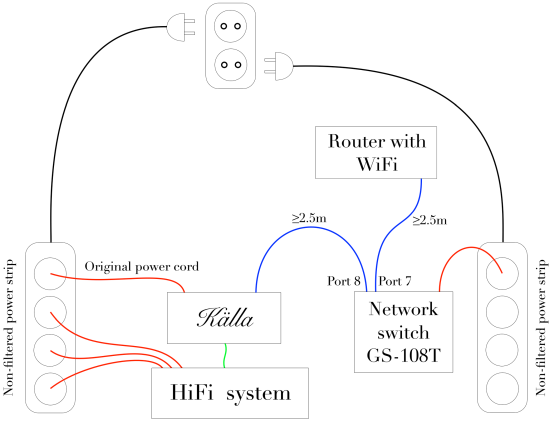
Next: Comparisons and Conclusion.
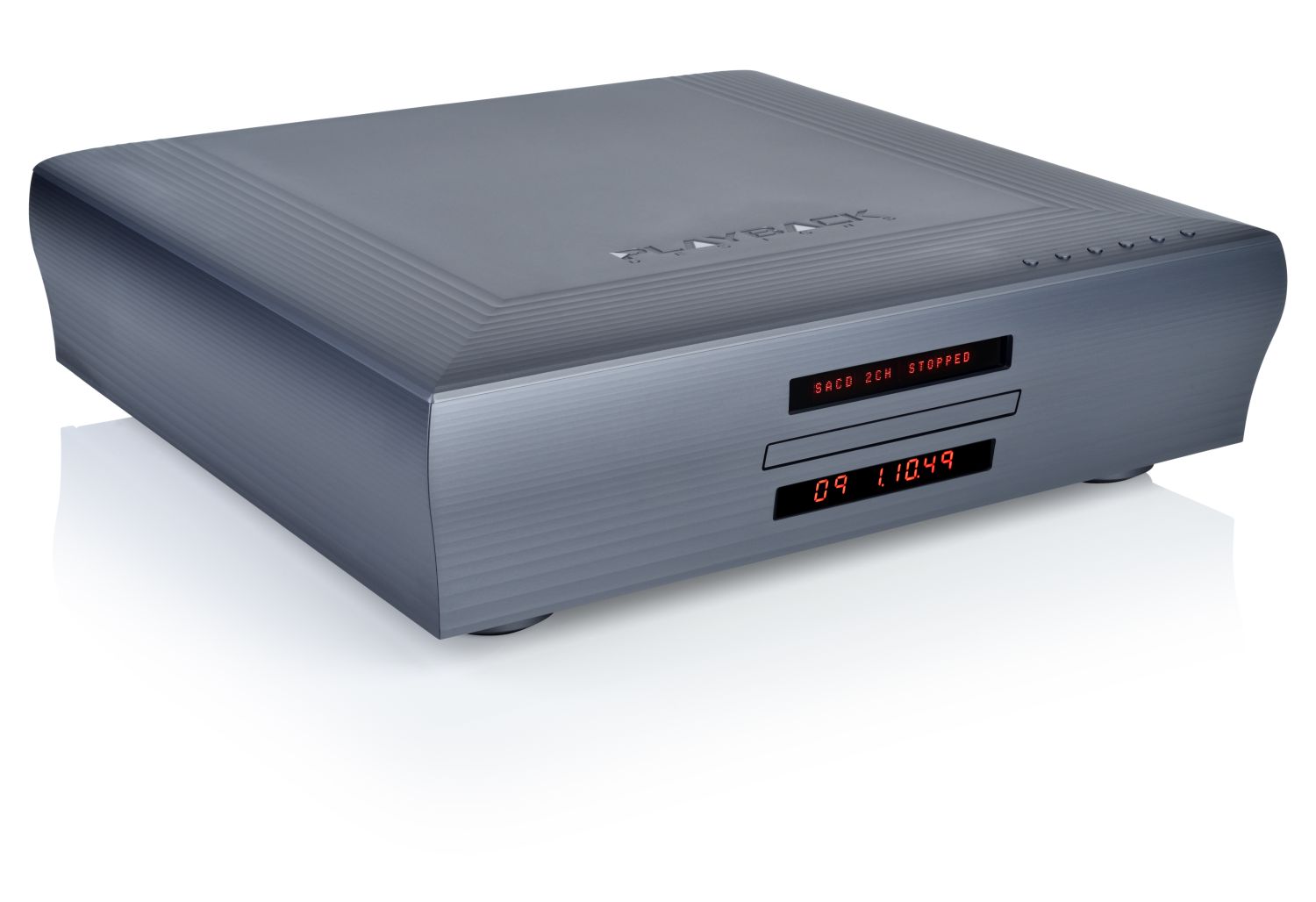







Hi Christiaan,
thanks for the review.
You showed a photo with Källa sitting on an Artesania Modular Rack but afaik there was no description how it sounds on this rack. I suppose that the sound signature of this rack would be the best match for Källa.
What do you think about?
Did you try it with this rack?
Thanks again
Matt
Hi Matt, indeed, in order to not add too many variables to the review, I left out my impressions of the Floor Stand. But your hunch is correct: the Artesania Modular Rack or Floor Platform makes a great sonic match with the Källa. Just note that the Källa’s feet release an oily substance that permeates the wood and cannot be removed. You can counteract this by using a floor disc or anything flat and hard but do note that these intermediate discs add a sound of their own. Especially metal discs add an edge that I don’t think works well with the Källa. The best and least “sounding” pads that I found are the Artesania Neoprene discs. All they do, compared to directly placed feet, is to gently round the bass and reduce the solidity and incisiveness. There are many other compliant rubber-like materials that you can use that don’t make stains but when Fredrik uses these specific ones, you can bet that it’s going to be hard.
Hi Christiaan,
which DAC was the partner of the Grimm and Antipodes server when you made the comparison with Källa?
Thanks
Matt
That was the Aqua Formula xHD.
Hello – just a gentle request: perhaps from time to time you might use Tidal as a streaming source? After many attempts to clarify signal resolution with them, your thoughts/experiences – by comparison with other soources within equipment reviews – would be highly valued.
Hi DR, In the vast majority of my comparisons, sonically, I preferred Qobuz over Tidal. I prefer to have my files delivered in a format as close to native as possible, and as such, I am also not a fan of MQA. Naturally, I have made comparisons using specially prepared MQA vs FLAC files but the outcome was in part inconclusive (neither better nor worse), part good (MQA better than FLAC), and part bad (MQA sounding processed to my ears). Then there’s the rumor that FLAC files on Tidal are actually real-time converted MQA’s which, if true, is not great, either. At this moment, there’s not a compelling argument for me to add Tidal.
Understood. I appreciate your position on this. I’ve not auditioned Qobuz – was not enthused about the interface when I visited – but the only issue for me is that I’ve simply made an investment over the years in Tidal – playlists, albums, etc. – and starting over is daunting. I use and enjoy your reviews, and very much look forward to your new postings. Best thoughts.
Christian,
An excellent and thorough review as usual I am sure this is an excellent sounding device but it seems to me a bit of a dead end product. The simple inclusion of a digital output would give an easy upgrade path and more versatility to the end user. I do understand the attraction for a closed system sonically but with streaming devices I feel like feature set matters as much as sound quality in some cases maybe even more.
It’s quite funny how the device used as a controller can influence the sound, when I first got my Auralic Aries Mini I controlled it with my Iphone. I eventually got an Ipad Mini just to use as a controller and the jump in SQ was immediate and to me inexplicable. But that’s audio for you.
Cheers,
Jon
Hi Jon, I agree it won’t be the ideal device for everyone but the big variance among all the steps involved (controller-streamer-interface-DAC etc) is precisely the reason why the designer chose a closed design. Best, CP
Hello. Thank you very much for this review. Having tested this device, I totally agree with many of the points, and in particular with its amazing qualities.
Just a small disagreement; for me, the device is not limited to the Apple environment (which might scare some people away). Roon allows you to be free from this (you can control the Roon server with android devices). Am I wrong?
You are right and I also mention Roon in the review:-)
Oh yes Christian ! But i was thinking of this particular sentence in your conclusion (and some people only read the conclusions 😉 : “With the Källa network player, designer Fredrik Lejonklou made a very conscious decision to limit the device’s compatibility to Apple control points.” It might dissuade some non-Apple guys from discovering this beautiful streamer. But I don’t want to dwell on it 😉
Ok, fair point. I’ve now added it to the conclusion as well:-). Do please note that Roon is not the recommended method for obtaining the best sound from it.
I enjoyed your youtube review. I wondered what the background jazz was?
That was free-to-use YouTube stock music. Sorry, I don’t recall the artist and don’t have the edit project at hand to check.
No worries. Thanks for replying!